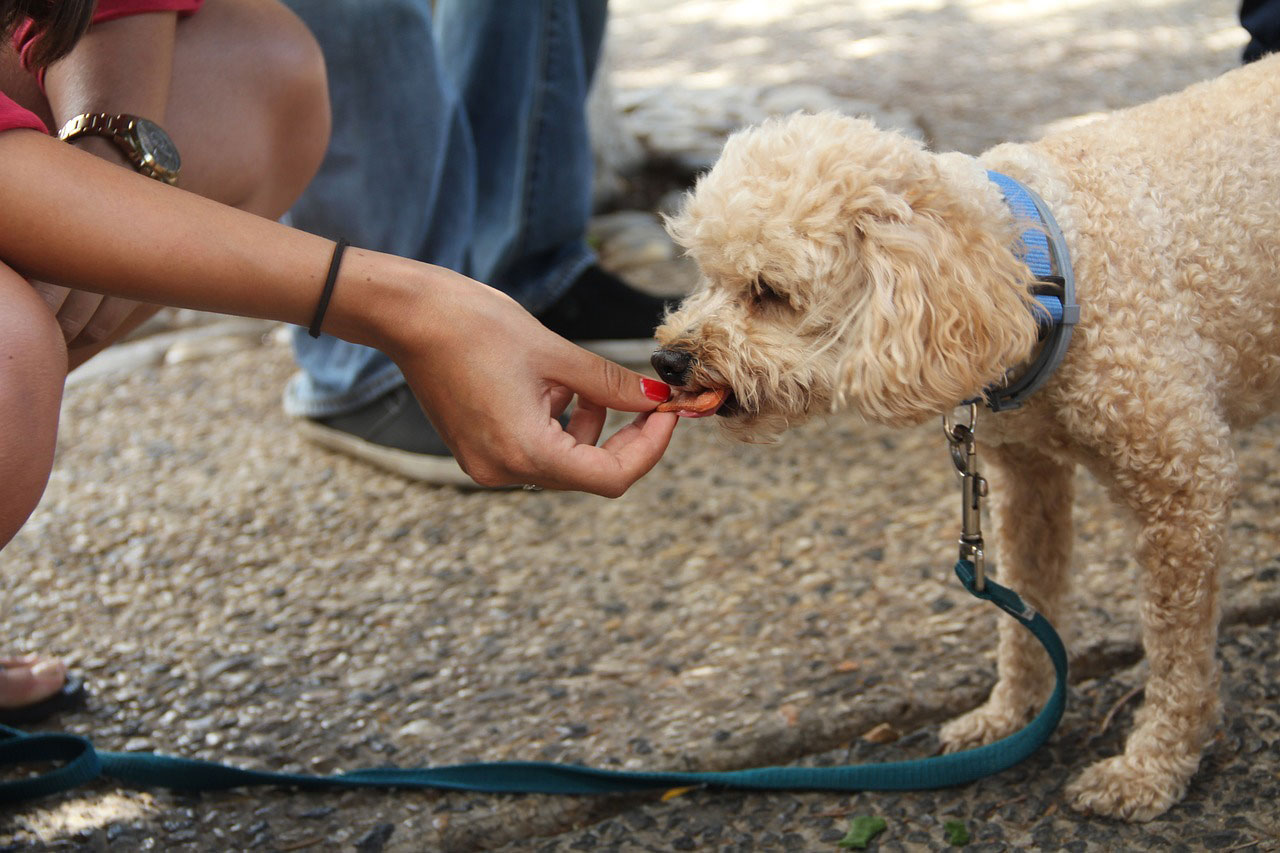
5-Step Guide to Stop Excessive Barking
Dogs bark. There’s no disputing that fact. However, when your dog’s barking becomes a nuisance, you’re certainly going to want to find a way to stop it. Problematic dog barking is a fairly common behavior issue that many dog owners face. So, how do you stop dog barking? Thankfully, there are a few things you can do to curb the behavior. This five-step guide will help stop that incessant barking and improve your relationship with your dog in the process.
Step 1: Figure out the Cause
Before you can stop your dog from barking incessantly, you have to figure out why he’s barking. What causes him to bark so much? There are a number of possible causes. Some of the most common reasons for barking include:
- Attention Seeking: Your dog barks because he wants your attention or something from you.
- Territorial: Your dog barks because he hears or sees something in what he considers his territory.
- Alarm or Fear: Your dog barks because he is startled or frightened by someone or something.
- Boredom: Your dog barks because he is bored and trying to soothe himself.
- Separation Anxiety or Distress: Your dog barks because he is being left alone or is away from you.
These are just a few of the reasons your dog could exhibit problematic barking. If you are having trouble figuring out why your dog is barking, you can consult a veterinarian or animal behaviorist for assistance.
Step 2: Make a Plan
Once you’ve figured out why your dog is barking so much, you have to decide what is going to be best for you (and for him) in order to solve the problem. If your dog barks out of boredom, for example, you will want to exercise him more frequently. Take him to the dog park, take him on more walks, and don’t forget to exercise his mind, too!
If your dog barks to seek attention, on the other hand, try ignoring him until he becomes quiet. When he quiets down and the barking ceases, you can reward him with a treat or praise.
There are different strategies to take depending on the cause of your dog’s barking problem. The important thing is that you find the one that will work for your dog.
Step 3: Enact the Strategy and Reinforce Positively
The strategy only works if you do. Once you’ve developed a plan, put it into action with your dog and be consistent. Be more conscious as an owner. If your dog is triggered by certain objects, expose him to them in a safe environment and reward him generously for good behavior.
You might consider teaching your dog the “quiet” command. This technique may be applicable to all problem barkers. Simply ignore your dog when he’s been barking, and when he is quiet, reward him with food. As you continue this process, add the word “quiet” or whatever you prefer to signal your dog to stop barking. The most important thing is that you’re consistent in your enactment of your plan and positive with your dog. Positive reinforcement is the key to successful training.
Step 4: Keep Up with Your Dog’s Training and Exercise
Even if your dog does not typically bark out of boredom, keeping him mentally stimulated and exercised can help with any barking problem. Nearly all dogs can benefit from mental and physical exercise. If your dog has been worked out thoroughly, then he’s less likely to be on alert or bother you for significant attention.
You can take your dog to the park, on additional walks, or play mentally stimulating games. Puzzle games and training games like “find it” are great for tiring your dog out, and you can also work on additional training. The closer you bond with your dog through training, the easier it will be to work on his barking problem together.
Step 5: Be Consistent and Patient with Your Dog
While this may seem like an obvious step, it’s easy to get frustrated when your dog’s barking is waking up the neighborhood, and you feel like you’re doing everything you can to stop it. Patience and consistency are key. Your dog will respond to consistent training and positive reinforcement. Remember that barking is only natural to your dog, and it requires work to solve this problem.
If you’ve been working with your dog and feel like the problem is truly out of control, consider talking to a veterinarian, behaviorist, or professional trainer. These professionals will have advice, classes, or private lessons that can help you and your dog.

James Woller is a long-time dog enthusiast and owner of Release the Hounds, a professional dog walking and boarding company in Vancouver, Canada. On his days off from running his company, he enjoys learning and writing about topics that are of interest to caring pet owners.










